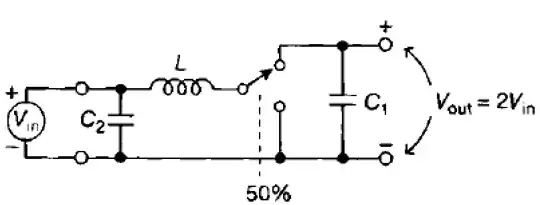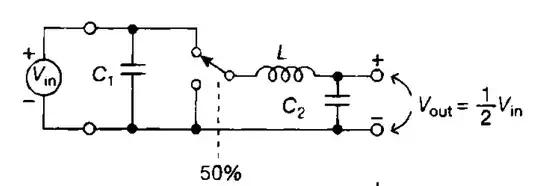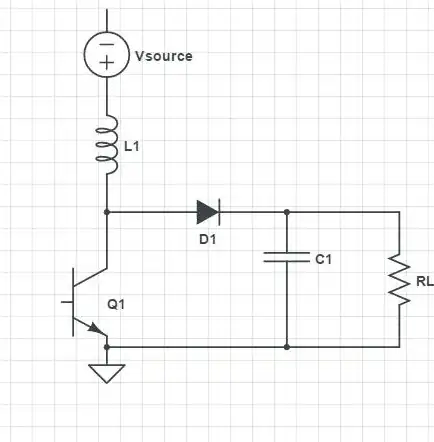Above is a circuit from a text acts as a boost-converter.
It is doubling the voltage. I guess it is doing by choosing a larger C1 than C2?
The text says the average voltage across L is zero. And switch has %50 duty cycle.
What is the need/function of the inductor in this circuit?
And what should the capacitors capacitances be relative to eachother for Vout = 2*Vin.
Edit: This question might be overlapping the so-called duplicate one(from 2013) but actually it is different. Circuits are different. I'm trying to understand in this particular question how the voltage is doubled or halved as well as the need for caps. How does the inductor doubles the output is something unique here imao. I still didnt get any satisfactory answer to this question. There was actually one but the user deleted his answer.


